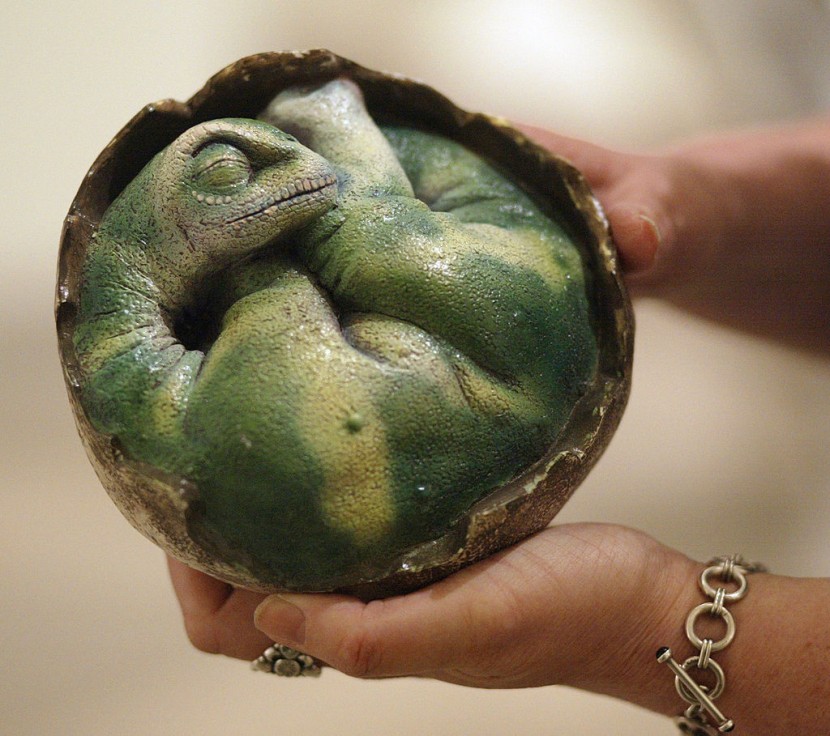
Researchers discovered an unprecedented perfectly-preserved dinosaur embryo curled up inside its egg, which is expected to reveal crucial information about the links between dinosaurs and birds and how they evolved.
The historic discovery was identified to be a 70-million-year-old fossil that preserved the embryonic skeleton of an oviraptorid dinosaur. Researchers nicknamed the new find "Baby Yingliang" after the Chinese museum that housed the fossil.
Perfectly-Preserved Dinosaur Embryo
Researchers noted that baby dinosaur bones were quite fragile and easily damaged, only very rarely being preserved as fossils. An associate professor in the department of geoscience at the University of Calgary in Canada, Darla Zelenitsky, said that the recent discovery was a very lucky find.
Zelenitsky, who is a co-author of the research that was published in the journal iScience on Tuesday, said that Baby Yingliang was an "amazing specimen." She noted that she has been working on dinosaur eggs for the past two and a half decades and has never seen anything similar to the recent discovery, CNN reported.
The researcher said that, until now, experts had very little knowledge about what was going on inside a dinosaur's egg before it hatched. The situation was primarily due to the lack of embryonic skeletons, more specifically, the ones that are complete and preserved in a life pose.
The team of researchers who discovered the fossil was made up of scientists from various institutions from China, the United Kingdom, and Canada. They found the dinosaur embryo in rock strata of the Late Cretaceous in a site in Ganzhou, found in East China's Jiangxi Province.
The fossil was preserved in a fairly primitive state, left undisturbed by fossilization, and showed scientists a clear picture of how it could have lived. The total length of the fossil was found to be 27 centimeters and was curled inside a fossil egg that was 17 centimeters long, Global Times reported.
Best Specimen in History
Another co-author of the research paper, Fion Waisum Ma of the University of Birmingham, said that Baby Yingliang was one of the best dinosaur embryos found in history. The researchers noted that the fossil's head lay below its body, having its feet on either side and back curled. The position has yet to be seen in other dinosaur specimens but is found to be similar to modern birds.
Modern birds use their central nervous system to control the behavior that is called "tucking." Chicks that are about to hatch tuck their head under their right wing so they can stabilize their head while they work on cracking the shell with their beak.
Embryos that are not able to tuck themselves are more likely to die due to an unsuccessful hatching process. "This indicates that such behavior in modern birds first evolved and originated among their dinosaur ancestors," said Ma, France24 reported.
Researchers believe that they may have been an alternative to tucking, which could be similar to what is observed in modern crocodiles. The process is where the animal assumes a sitting posture with the head bending upon the chest up to hatching.
Related Article:








